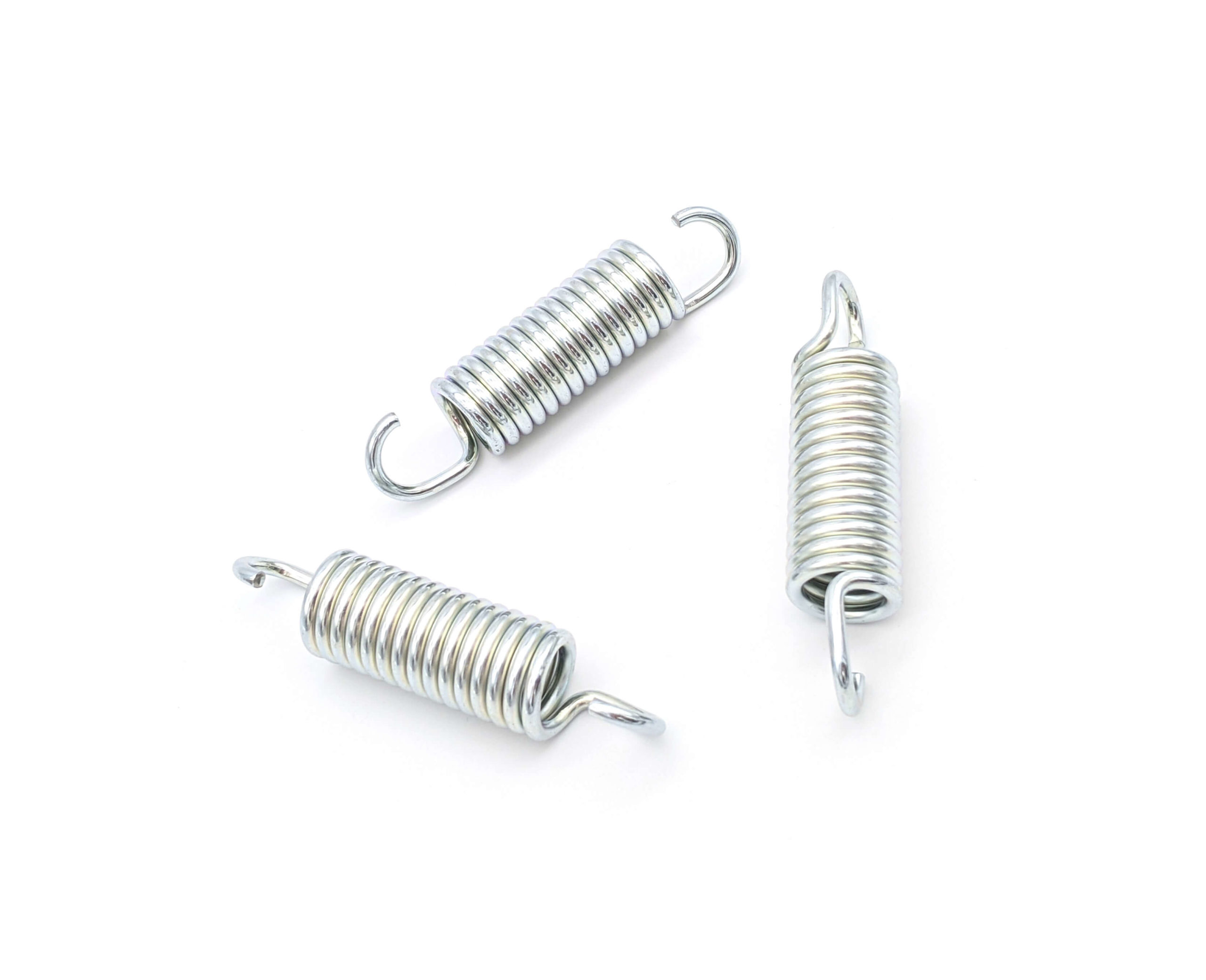Get unique, complex parts easily. No matter your requirements, Chaoyi Spring creates hard-to-produce coil springs and wire forms.
Let us help you create the custom wire form you need, from S-hooks and J-hooks to utility hooks and more.
We work closely with customers across a wide range of industries, helping them design and manufacture made-to-order parts.
Why choose Chaoyi Spring? We prioritize customer-focused collaboration, modern equipment and the latest technology to make your parts per print.
Find the information and guidance you need, from measuring a spring to learning about materials, placing an order and much more.
In the realm of mechanical engineering, springs are indispensable components that provide a restoring force when deformed. They come in various configurations, each designed for specific applications. Among these, two


In the realm of mechanical engineering, springs are indispensable components that provide a restoring force when deformed. They come in various configurations, each designed for specific applications. Among these, two prominent types stand out: torsional springs and springal springs. Although both are classified as springs, their fundamental operation and applications differ significantly. This article delves into the distinctions between torsional and springal springs, unraveling their unique characteristics and applications.

Torsional springs, as the name suggests, are designed to resist twisting or torsional forces. They typically consist of a coil of wire, often made of steel, that stores energy when twisted. Imagine a door hinge—the spring inside is a torsional spring, resisting the door's rotation and returning it to its closed position. This twisting action is the defining feature of torsional springs.
Torsional springs find numerous applications in various industries, some of which include:
Springal springs, more commonly known as coil springs, are designed to resist extension or compression forces. These springs are typically helical in shape, consisting of a coiled wire that stores energy when stretched or compressed. Imagine a simple spring attached to a weight—when the weight is pulled down, the spring stretches, storing energy. Similarly, when the weight is pushed up, the spring compresses.
Springal springs, with their versatility, find applications in numerous fields, including:
The fundamental difference between torsional and springal springs lies in their response to applied forces. Torsional springs resist twisting or torsional forces, while springal springs resist extension or compression forces. This difference in response directly influences their applications.
Understanding the difference between torsional and springal springs is crucial for selecting the appropriate type for a specific application. Torsional springs are ideal for applications that involve twisting forces, such as in door hinges and automotive suspension systems. On the other hand, springal springs excel in applications requiring extension or compression forces, such as in furniture, toys, and vehicle suspensions.
Both types of springs play essential roles in various industries, contributing to the smooth operation and functionality of countless mechanical devices. By understanding their unique characteristics and applications, engineers can effectively utilize these indispensable components to create innovative and reliable products.
In conclusion, torsional springs and springal springs are integral components in various mechanical systems. Their unique characteristics and applications make them valuable tools for engineers and designers. While torsional springs excel in resisting twisting forces, springal springs are ideal for handling extension or compression forces. By carefully understanding the distinctions between these two types of springs, one can effectively select the appropriate spring for a given application, ensuring optimal performance and reliability.
Browse some of the custom wire forms and springs that we manufacture. Don’t see what you need? We specialize in made-to-order products that meet your application requirements.
Visit Our GalleryNeed a custom wire form or coil spring? We make it work. Fill out the contact form and a representative will respond within 1 business day. If you have a PDF or CAD file, you can submit to request a quote.